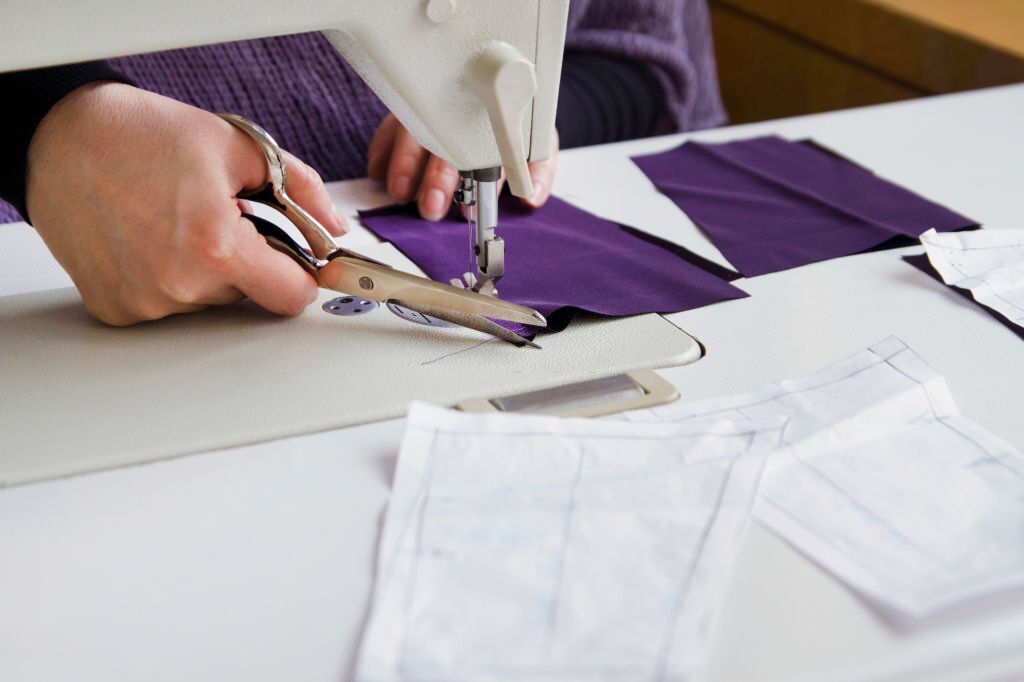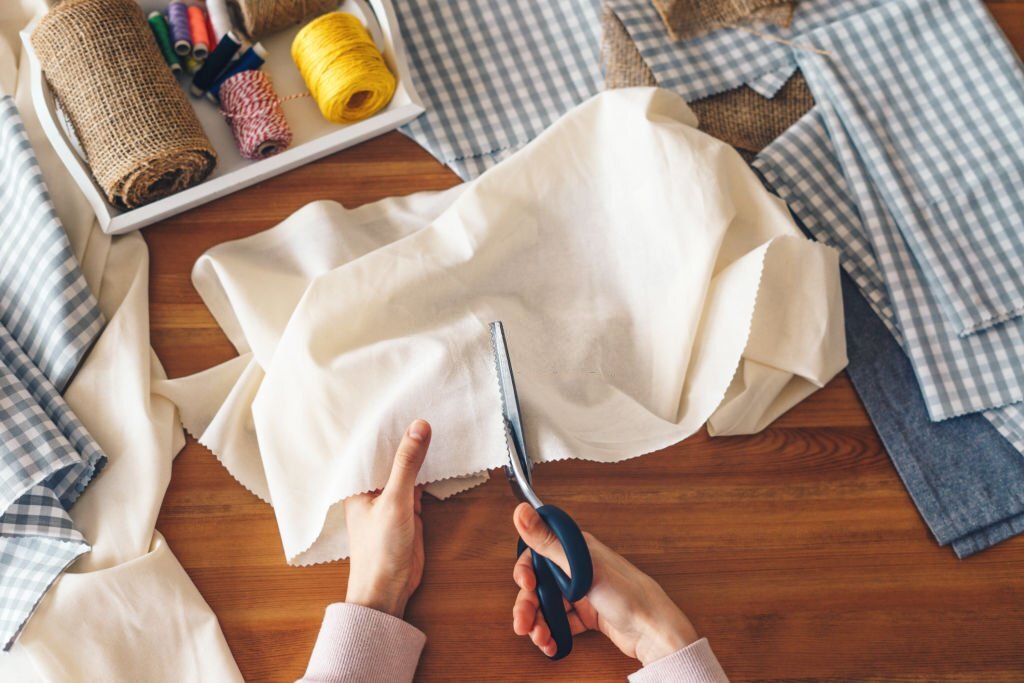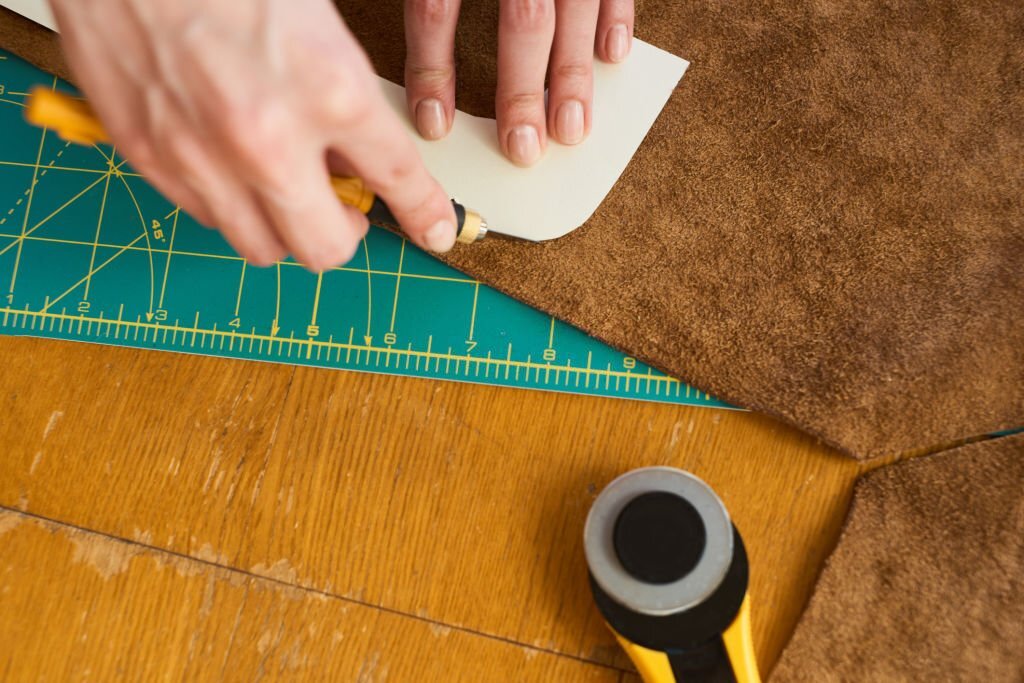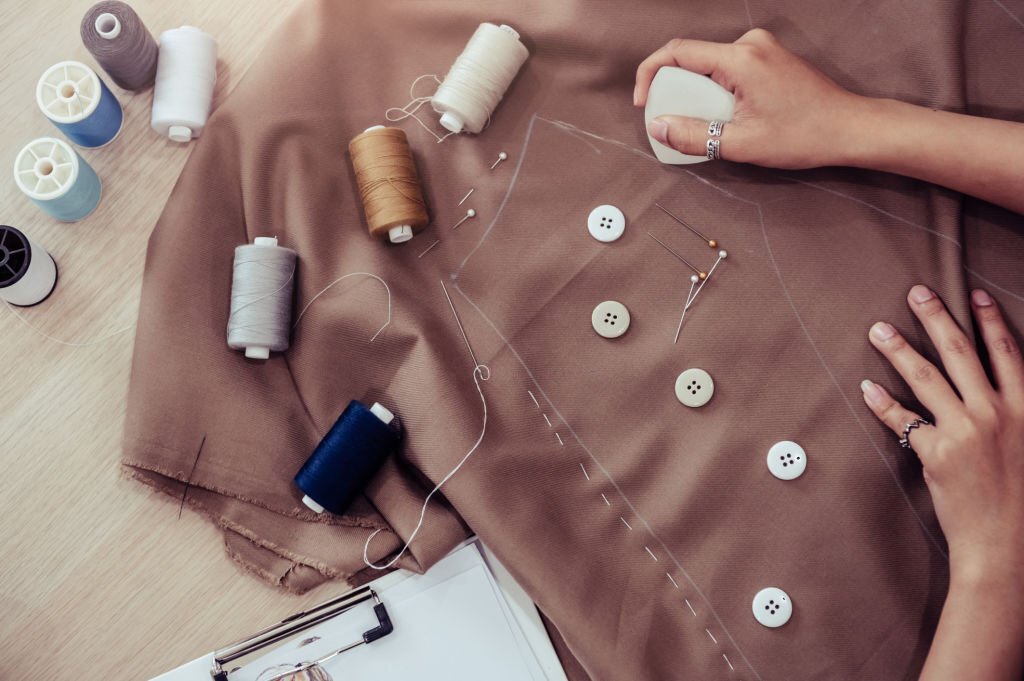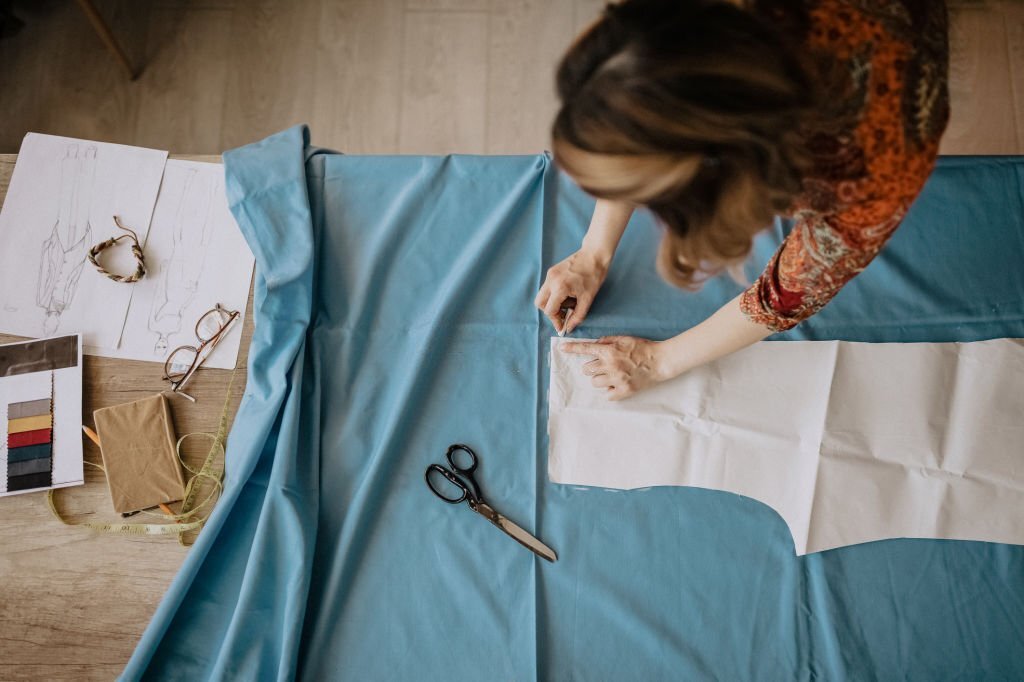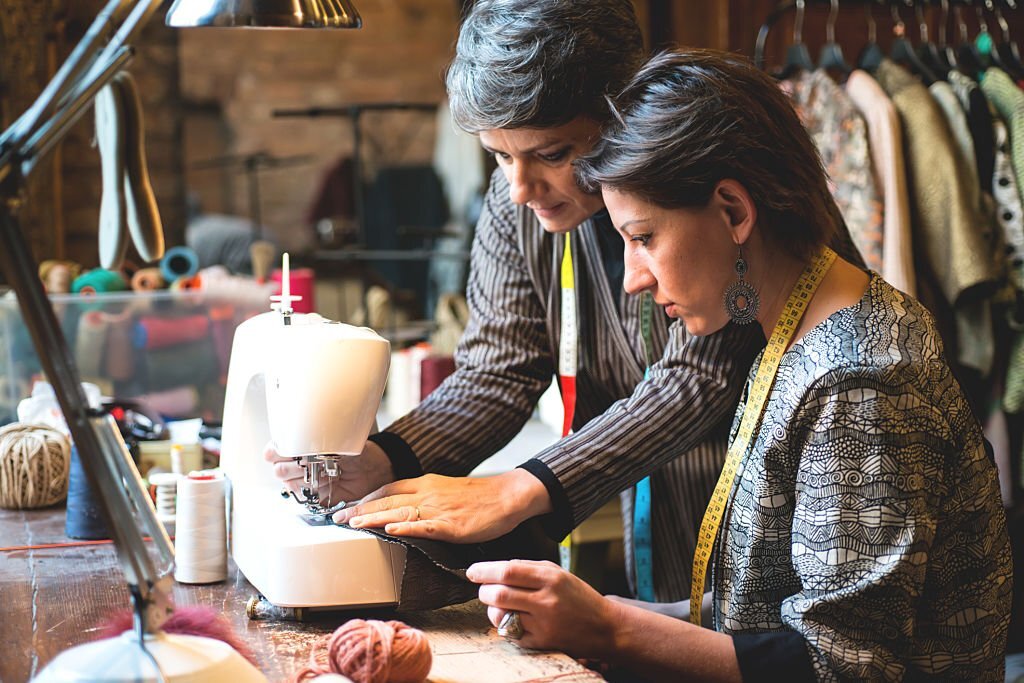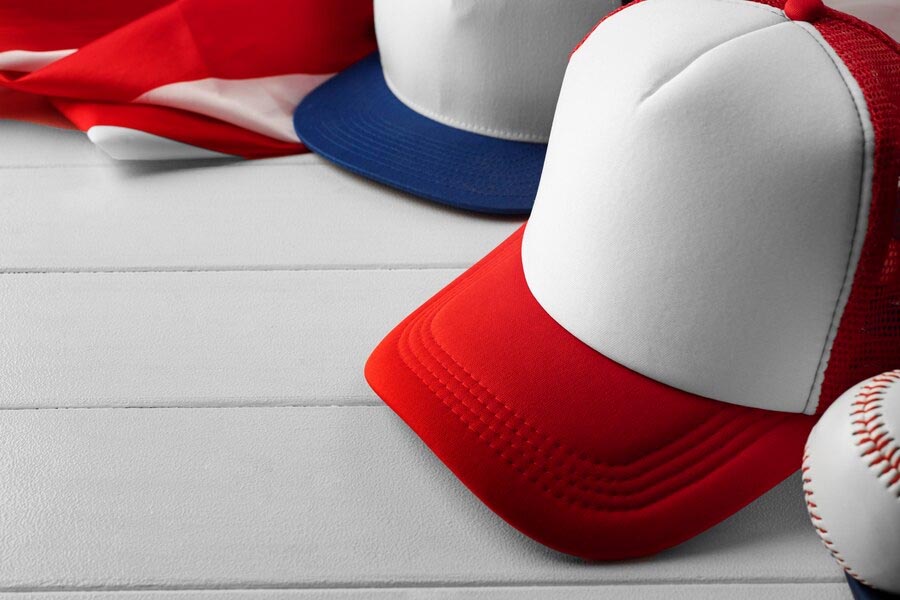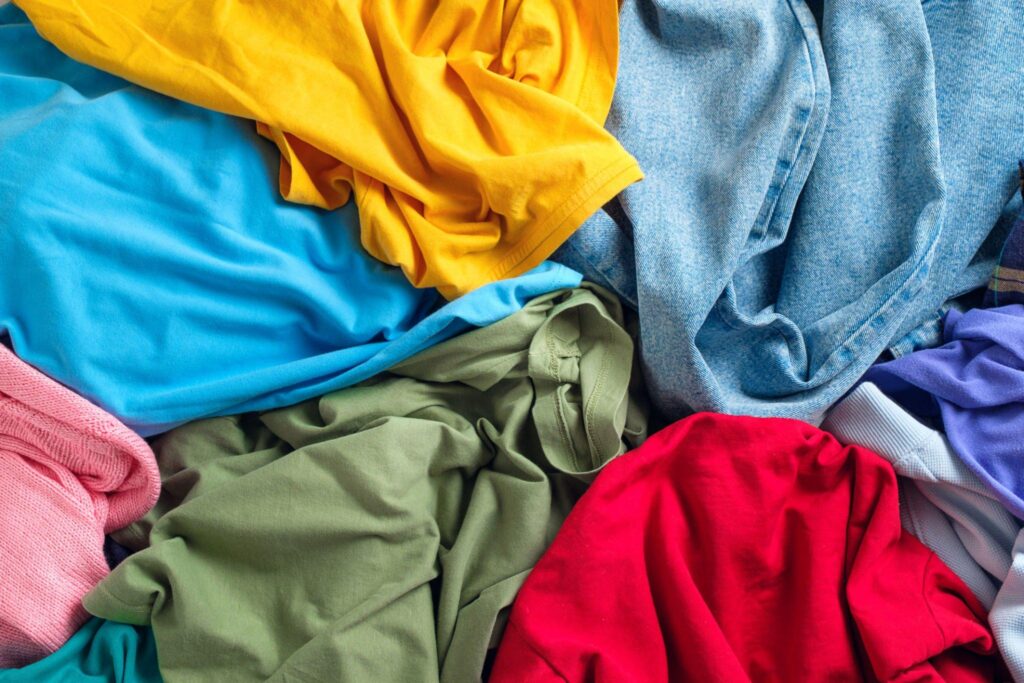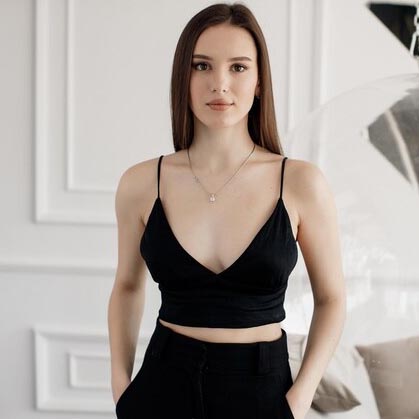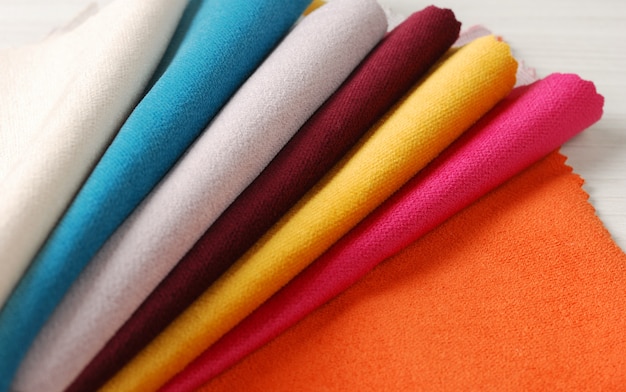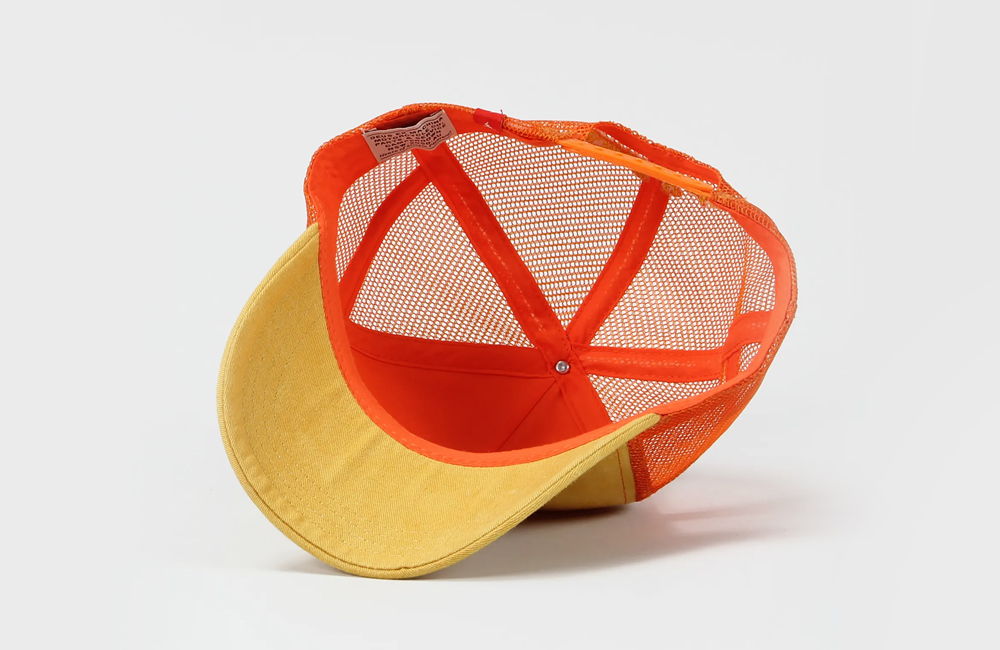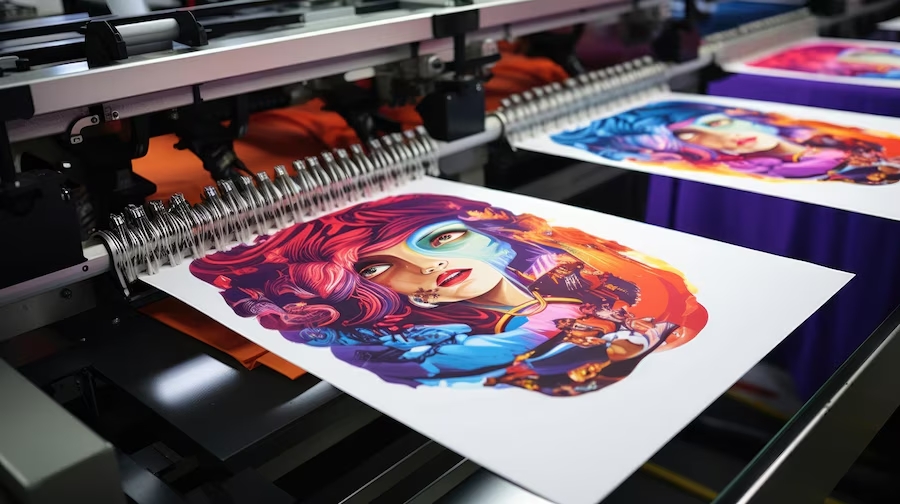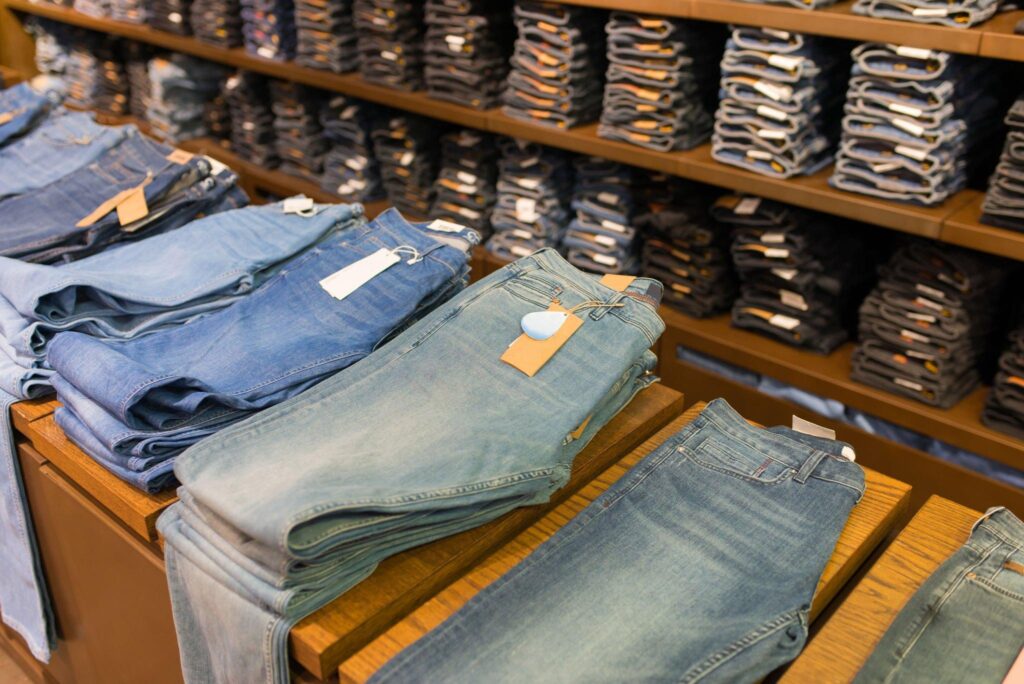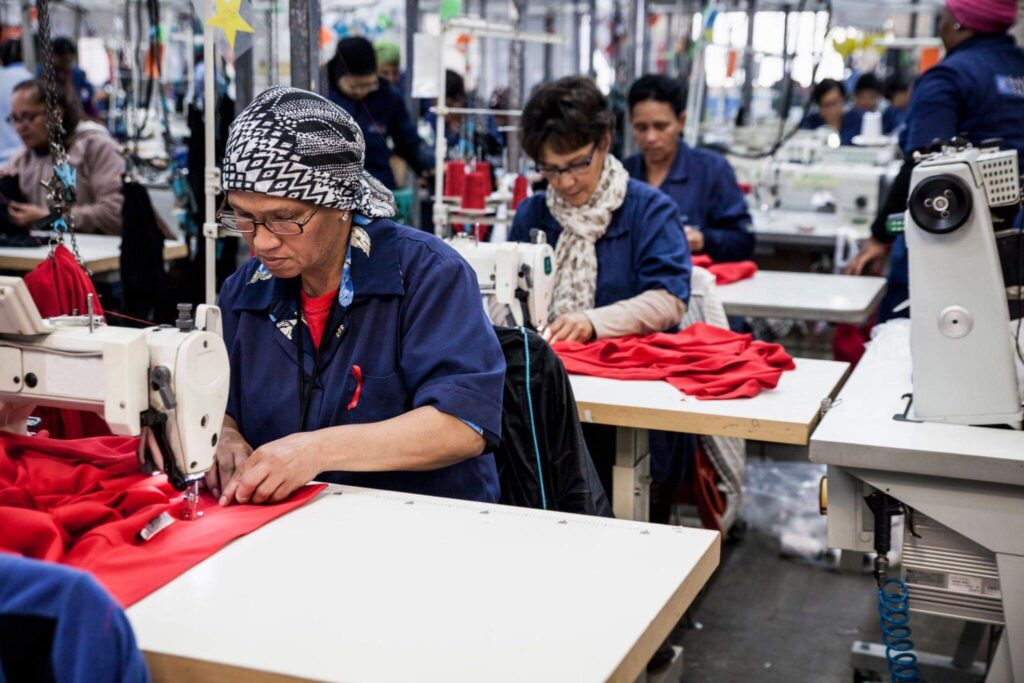
Finding a trustworthy wholesale clothing manufacturer in the New York District is a hard puzzle to solve. A dependable garment wholesaler in New York has the potential to strengthen the relationship between you and your customers, meanwhile, solidify your name in the industry.
If you want to know how to find the perfect clothing manufacturer and wholesaler in NYC, our guide will answer your questions.
The New York Fashion District & Garment Manufacturing Industry
The New York garment manufacturing industry oozes creativity and competitive innovation, making it world-renowned for its history.
History
What is now the iconic Midtown Manhattan location for the NYC garment district, along 7th Avenue, took the world by storm with the invention of the sewing machine, in the 19th century. This movement was soon followed by the government’s decision to manufacture in NYC all of the uniforms worn during the Civil War, sealing its fate in the fashion world later on.
Industry size
Since 1950, the New York fashion district, also known as the Garment Center, has lost 95% of its workforce. The industry is currently gathering around 10,000 seamstresses, cutters, and patternmakers. Even so, the garment district of NYC contributes a whopping $2 billion to the city’s annual revenue.
Garment types
With so many clothing manufacturers gathering in the Big Apple, there are a myriad of garment options to choose from. From the likes of Ralph Lauren’s old-money aesthetic to the sumptuous Oscar de la Renta creations, and mass-market pieces, the NYC wholesale district speaks to every budget and every demand.
Discovering the Best Wholesale Clothing Manufacturers in the New York Fashion District
It’s easy to get overwhelmed with the idea of finding the best NY wholesale clothes, so here are some efficient ways to find wholesale clothing manufacturers in NYC.
Referrals
The fastest way to find wholesale clothing suppliers in New York City is through industry referrals. Building a web of connections will offer you the chance to ask for recommendations and opinions. And you could always do your research before collaborating with one trustworthy wholesale NYC clothing supplier.
Search engines
With a quick search and using specific keywords, such as “how to find New York wholesale clothing” or “NY fashion district wholesale”, you have plenty of options to choose from. Simply check the manufacturer’s website, MOQ, and the clothing product line they offer. You will also find the online reviews quite helpful and edificatory.
Social Media
Social media channels have gained traction in the past decade, and with that, everyone has followed the trend of online advertising. Through Facebook or Instagram ads, hashtags, and groups, you will identify plenty of reliable clothing wholesale manufacturers from NYC. You can also follow their LinkedIn and Instagram profiles, and even send inquiries about their offers through DMs.
Trade Shows
Trade shows are another fast and direct way to find the right clothing wholesaler for your business in NYC. You can reach out to local clothing producers to check out their level of garment-making skills and see the top clothing quality for yourself, without the need to travel overseas.
Furthermore, there is no need to mention the well-known New York Fashion Week. This famous fashion “trade show” with a huge amount of opportunities and potential clothing manufacturer partners, is a must-attend event for all clothing business practitioners.
Online Directories
Going online to find wholesale clothing in NYC is so much easier with the help of online directories. For example, ThomasNet or Maker’s Row provides a list of suppliers, and you can refine the search by city and product category, presenting their contact information, and other relevant details.
Professional Consultants and Agencies
Yes, finding relevant partners in the NYC fashion district all by yourself can be time-consuming, especially at the beginning of your business. For the easy way out, opting for a dedicated fashion consultant or professional agency in the wholesale clothing industry will help you close the gap between you and reputable wholesale clothing manufacturers in NYC.
How Can I Evaluate The Quality And Reliability Of A Wholesale Garment Manufacturer In NYC?
Experience
There were significant changes that have taken place in the New York garment district over the past century, and the wholesale garment manufacturing industry in New York City relies heavily on experience.
Surely, the one who is still standing proves everything. The longer a manufacturer has been established and the more years of experience they have, the more equipped they are to successfully navigate any hardship and deliver your order in due time.
Quality Control Procedure
From fabric sourcing to production and shipping, the garment district stores and wholesalers are faced with room for error. Through QMS (Quality Management System), wholesalers can optimize quality control, using automated testing, advanced equipment, and monitoring of the production process.
When assessing the reliability of your potential partner, you should always ask about their QMS and inspection procedures, industry recommendations, and certifications to make sure they can reach your standards.
Production Capacity
What if your business will outgrow your expected sales volume and your NYC wholesaler will not be able to supply more products? You need to factor in the clothing wholesaler’s ability to handle a larger order, or else your customers’ demand will not be satisfied. Always ask about their production capabilities and delivery timeframes.
Ethical Considerations
The main aspect to take into account when it comes to transparency relates to the labor practices of the garment wholesaler and environmental policies. Do they source their fabrics locally? Are they trying to lower their carbon footprint through greener production processes?
You would also want to make sure that their labor treatments and working conditions meet social and health quality standards while having strong policies against animal cruelty and child labor.
Important Things to Do When Working with a Wholesale Garment Factory in The New York District
The wholesale district in NYC is home to plenty of garment wholesalers, but how do you know how to maintain a fruitful business relationship once you settle for one?
Conduct Effective Communication
First things first, communication is the key to success! You should agree on the best communication option, whether that may be via email, phone, or video call. Any garment factory must understand your requests so make everything as clear and concise as possible, from fabric choices, patterns, and production technicalities. Better to spend more time explaining in the beginning than lose money along the way.
Negotiations
Establishing a strong and respectful ground with any NYC clothing manufacturer is rather important. You must first be sure you understand your business needs before imposing negotiating price points, delivery times, minimum quantity orders, and overall budget. Also, listen to the manufacturer’s suggestions, especially if they’re highly experienced in the industry. They might know something you don’t.
Confirm The Turnaround Period
The fashion district in New York is a busy hive, with orders skyrocketing daily. The order turnaround time is essential to your customer’s satisfaction, so make sure to set the lead and delivery times into stone from the beginning of your collaboration with your NYC garment wholesaler. You should also consider a buffer time for any mishaps that can appear along the way.
FAQs
How can I tell if an NYC-based wholesale manufacturer is legit?
The New York City garment district might have its share of scammers. But you can steer clear of this risk by checking out reputable online sources such as Ripoff Report, which offers clear information about the wholesaler’s legal situation, referring to any underlying fraud reports. You could also check any online reviews of the company to verify its reputation.
Should I visit the manufacturing facility in New York before placing my order?
Before securing a contract with any garment wholesaler, it’s advisable to pay a visit to their factory. You will get to see first-hand how their production lines work, as well as the labor conditions, and directly communicate with essential people in charge during the production process.
How can I ensure that my intellectual property is protected when working with a wholesale clothing manufacturer?
Through patents and trademarks, you can register your unique brand name, logos, and designs with the relevant authorities that can protect you from the wholesaler stealing your idea.
Moreover, you could have the clothing manufacturer you tend to work with sign a tailored non-disclosure agreement about every aspect related to your business. These agreements and documents are legally effective and can protect your intellectual property when the factory re-sells your design without your permission.
